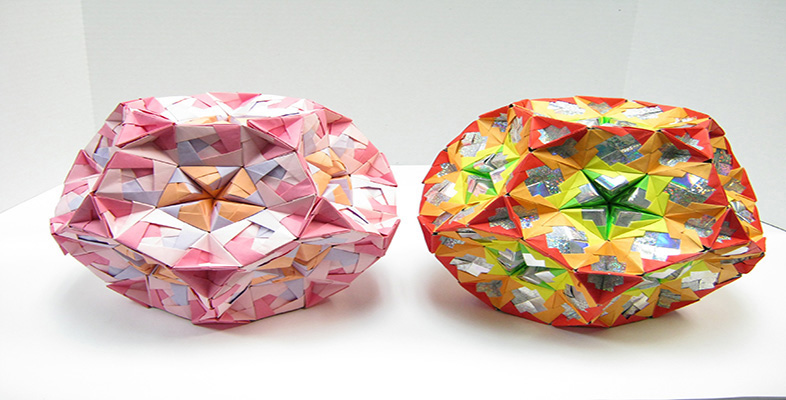Consumption: the end
On 14 November 2005 the Daily Telegraph reported:
Royal heirlooms for sale to pay death duties
Death duties, often regarded as the curse of the middle classes, have hit the Royal Family.
Prince Richard, Duke of Gloucester, a cousin of the Queen, announced yesterday that he is having to sell a large selection of property to pay the inheritance tax bill on the estate of his father, Prince Henry, Duke of Gloucester. In what is tantamount to a Royal Household clearance sale, Christie’s will auction family heirlooms in January with prices ranging from £50 to more than £100,000.
The old duke’s backgammon set, his collection of sporrans and his ancient cine-camera may tempt souvenir hunters. Serious collectors will be more interested in Prince Henry’s rare books and paintings.
Prince Henry, the youngest brother of Edward VIII, who abdicated in 1936, and George VI, died in 1974, but the Inland Revenue deferred death duties until after the death of his widow, Princess Alice.
She died, the oldest royal in history, last October, aged 102. Their son, the present Duke of Gloucester, is hoping to raise £1 million from the sale.
The collection of 777 items referred to in the article above was sold at Christie’s auction house in London in 2006. The objects were sold as ‘alienable goods’ (things that can be exchanged for money, goods or services). However, some objects, including the netsuke, were not actually sold, they were exchanged with the government in lieu of paying inheritance tax. The netsuke performed a final function for the estate of the Duke by being effectively converted into cash.
